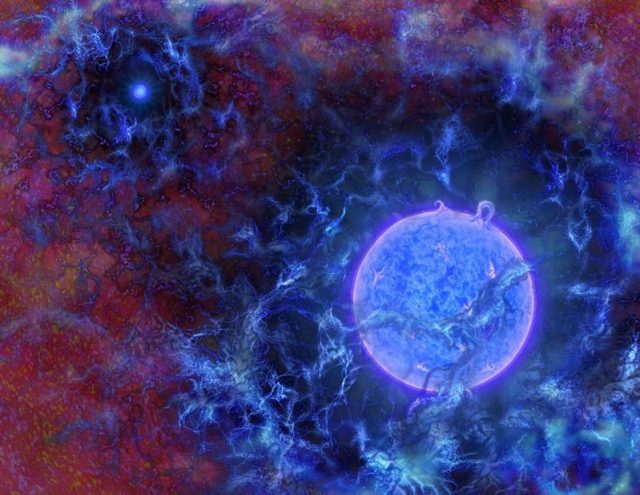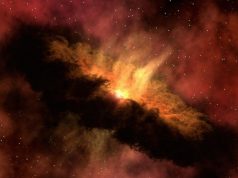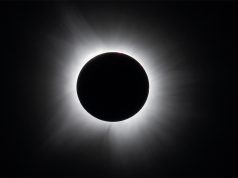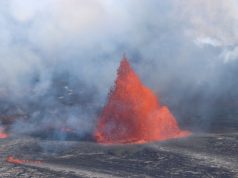
WASHINGTON — A ground-based radio antenna in western Australia that resembles a dining room table has detected evidence of the earliest-known stars that illuminated an infant universe shrouded in darkness following its formation in the Big Bang.
Scientists said on Wednesday faint signals of hydrogen gas spotted by the instrument indicated the presence of stars some 180 million years after the Big Bang 13.8 billion years ago, when the universe was less than 2 percent of its current age.
Hydrogen was the universe’s most common element then, as it still is now. While these early stars were not directly observed, ultraviolet radiation they emitted altered the properties of the surrounding hydrogen gas, causing the hydrogen to absorb background radio waves from the Big Bang’s afterglow and enable detection.
Arizona State University cosmologist Judd Bowman said the observations confirm expectations for when early stars appeared. Bowman said these stars would have differed from stars today because they formed from pristine primordial gas created after the Big Bang.
“This gas was almost entirely hydrogen and helium,” Bowman said. “In contrast, nearly all subsequent stars formed from gas that was enriched with heavier elements on the periodic table, such as carbon and oxygen. The first stars are expected to be very massive and short-lived and would be blue in color.”
“In general, star formation is similar to now in that a region of gas needs to collapse into a sufficiently dense pocket that fusion ignites,” Bowman added.
The findings do not rule out that some stars may have formed even earlier. “We can’t say exactly when the first stars formed, but now we know it was by 180 million years,” Bowman said.
The radio waves indicated the universe likely was twice as cold then as previously thought: minus 454 degrees Fahrenheit (minus 270 degrees Celsius).
Massachusetts Institute of Technology Haystack Observatory radio astronomer Alan Rogers said this might be explained by interaction between the gas and dark matter.
Dark matter is enigmatic material that does not emit light or energy and is thought to comprise about a quarter of the universe’s combined mass and energy, but has not been directly observed. Scientists believe it exists based on gravitational effects it seems to exert on galaxies.
The research, funded by the U.S. National Science Foundation, used an instrument called a radio spectrometer at the remote Murchison Radio-astronomy Observatory in Western Australia.
The research was published in the journal Nature.









